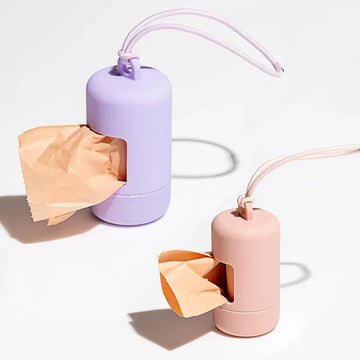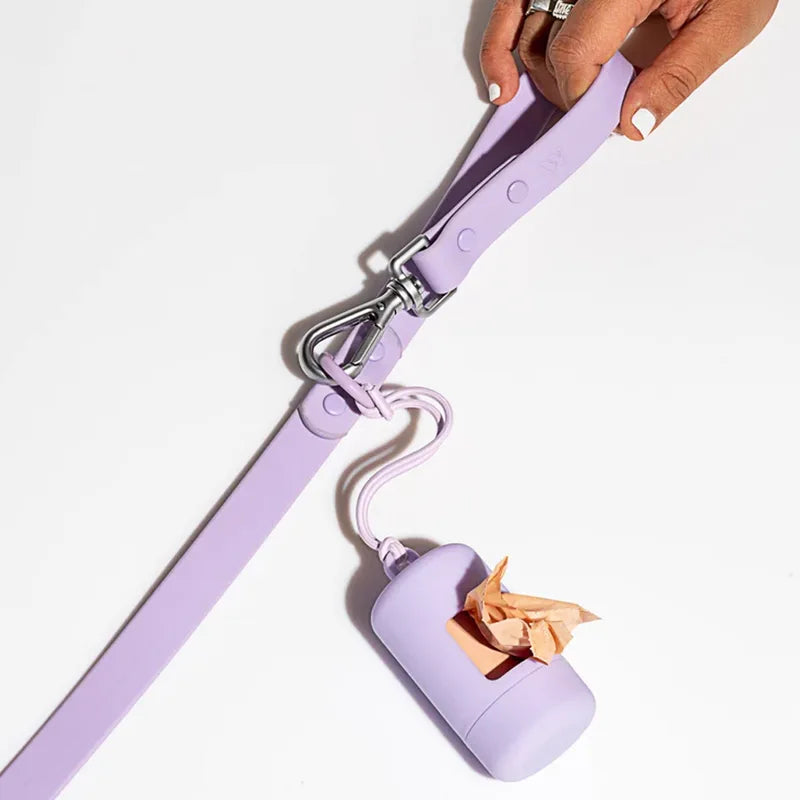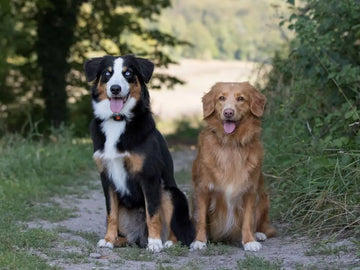Potty training is one of the most essential aspects of raising a well-behaved dog. While it might feel overwhelming at first, having the right strategies in place can make the process smoother and more enjoyable. Alongside your training, using the correct dog supplies, such as leashes, crates, and dog cleaning supplies, can simplify the task and ensure your home stays clean during the learning process.
Why Start Potty Training Early?
Starting potty training as soon as you bring your dog home sets the foundation for long-term good behavior. Puppies have small bladders, making them prone to accidents, and they benefit from a consistent routine that teaches them where and when to relieve themselves. For older dogs, early training helps them adjust to their new environment while understanding your expectations.
Additionally, investing in basic dog supplies like durable leashes, crates, and potty pads will prepare you to manage their learning curve effectively. These items not only help with control but also create a structured environment for the dog to thrive.
Creating a Structured Routine
Routine is key when it comes to potty training. Dogs learn through repetition, and having a set schedule helps them associate specific times and locations with potty breaks. Start by taking your dog outside:
- First thing in the morning: Puppies often need to go as soon as they wake up.
- After meals: Eating stimulates their digestive system, so it’s a good idea to take them out 10-15 minutes after eating.
- After naps or playtime: These moments often trigger a need to relieve themselves.
- Before bedtime: This ensures they don’t wake up in the middle of the night needing to go.
Consistency not only reduces accidents but also establishes trust between you and your dog. When they know what to expect, they’re less likely to feel stressed or confused.
The Role of Crate Training
Crate training is an effective tool to accelerate potty training. Since dogs are naturally clean animals, they avoid soiling their sleeping areas. A properly sized crate encourages your dog to wait until you take them outside. Here are some important tips to maximize the benefits of crate training:
- Choose the right size: The crate should be big enough for your dog to stand up, turn around, and lie down comfortably. If the crate is too large, they might use one corner as a bathroom.
- Introduce it positively: Never force your dog into the crate. Instead, make it inviting with treats, toys, or a soft blanket.
- Supervise and limit crate time: Leaving your dog in the crate for too long can cause discomfort and lead to accidents.
Pairing crate training with scheduled potty breaks outside ensures faster progress and fewer mistakes indoors.
Positive Reinforcement: The Key to Success
Using positive reinforcement encourages your dog to repeat desired behaviors. After your dog successfully potties in the right spot, reward them immediately with treats, praise, or playtime. Timing is crucial—if you wait too long, your dog might not understand what they’re being rewarded for.
Using a verbal cue like "Go potty" can also help reinforce the behavior. Say it every time your dog is in their designated potty area. Over time, they’ll associate the cue with the act, making it easier to guide them when needed.
Avoid punishment for accidents, as this can create fear and anxiety, which may slow down their progress. Instead, focus on rewarding success and preventing future mistakes through close supervision and a solid routine.
Designating a Potty Area
Taking your dog to the same spot each time helps them understand where they’re supposed to relieve themselves. Whether you’re training in a backyard, park, or apartment setting, consistency is vital. Dogs rely heavily on scent, and revisiting the same area reinforces the habit. For apartment dwellers, using tools like potty pads or indoor grass systems can serve as a temporary solution until your dog is ready to transition outdoors.
Additionally, clean-up plays a critical role in potty training. Accidents can happen, and using dog cleaning supplies like enzymatic cleaners ensures that no lingering odors confuse your dog about where they should potty. Removing all traces of scent prevents repeat accidents in the same spot.
Overcoming Common Challenges
Every dog is unique, and challenges can arise during the potty training process. Here are a few common hurdles and ways to address them:
- Reluctance to potty in bad weather: Rain, snow, or cold can make outdoor potty breaks challenging. To combat this, use covered areas or encourage your dog with extra treats and praise. Dressing your dog in weather-appropriate gear, such as a raincoat or boots, can also help.
- Frequent accidents indoors: This often signals a lack of supervision or missed potty breaks. Keep a closer eye on your dog and take them outside more frequently.
- Regression: Sometimes, a dog that seemed fully trained may suddenly have accidents again. This is normal and often temporary. Return to basics by reinforcing their routine and rewarding successes.
Patience is your best ally during these moments. Understanding your dog’s specific needs and adjusting your approach will yield better results.
The Importance of Cleaning Up Accidents
Even with the best efforts, accidents can and will happen, especially during the early stages of training. When this occurs, proper cleanup is essential to prevent confusion and maintain progress. Dogs have a strong sense of smell, so lingering odors can mislead them into thinking that spot is an acceptable bathroom area.
Enzymatic cleaners are a must-have among dog cleaning supplies. These cleaners break down the organic compounds in urine and feces, eliminating the scent completely. Regular household cleaners may mask the smell but won’t remove it entirely, which can lead to repeat accidents.
Why Patience and Persistence Pay Off
Potty training isn’t a one-size-fits-all process, and the time it takes will vary depending on your dog’s age, breed, and personality. Puppies usually require several months to be fully trained, while older dogs may take longer, especially if they have ingrained habits. The key is to remain patient and persistent, even when progress seems slow.
During this time, having the right dog supplies like crates, potty pads, and cleaning tools makes the process more manageable. These items allow you to focus on building trust and teaching your dog rather than stressing over messes or accidents.
Conclusion
Potty training a dog is a rewarding journey that strengthens the bond between you and your furry companion. By establishing a consistent routine, using positive reinforcement, and equipping yourself with the right tools—like dog potty systems, leashes, and dog cleaning supplies—you can set your dog up for success. Remember, patience and persistence are key. With time, effort, and love, your dog will become a well-trained, happy member of your household.










